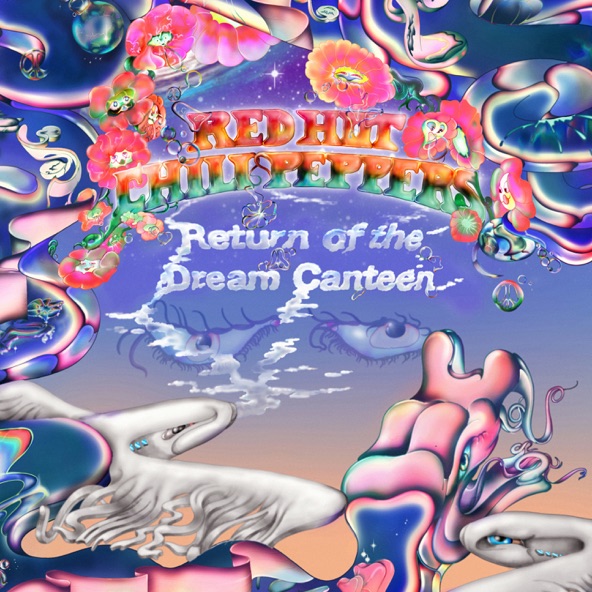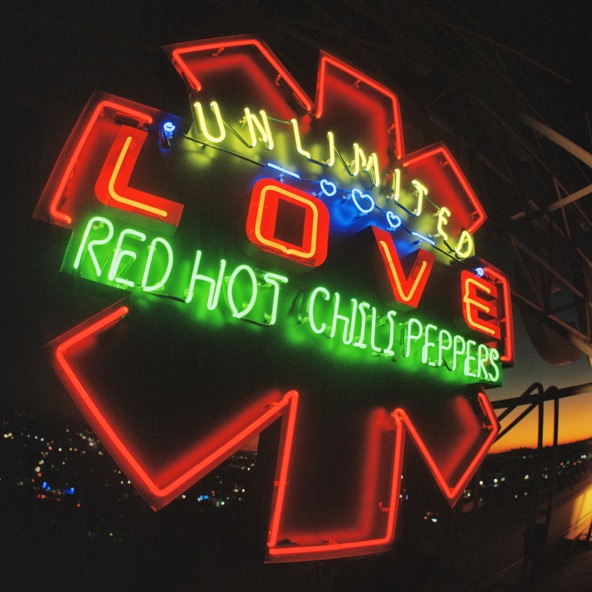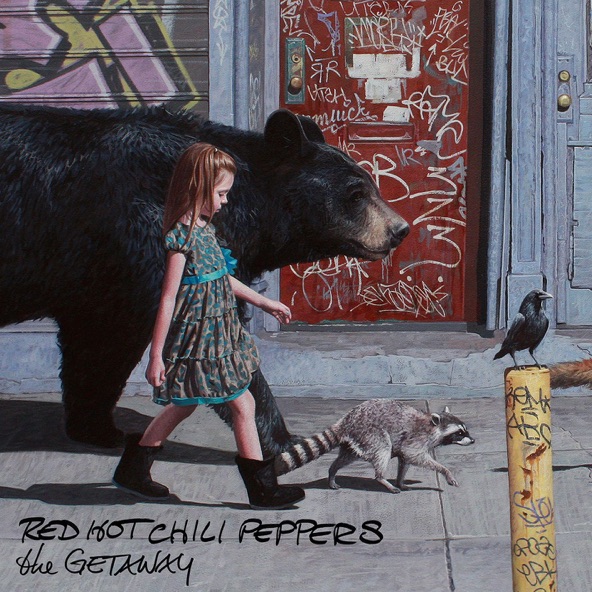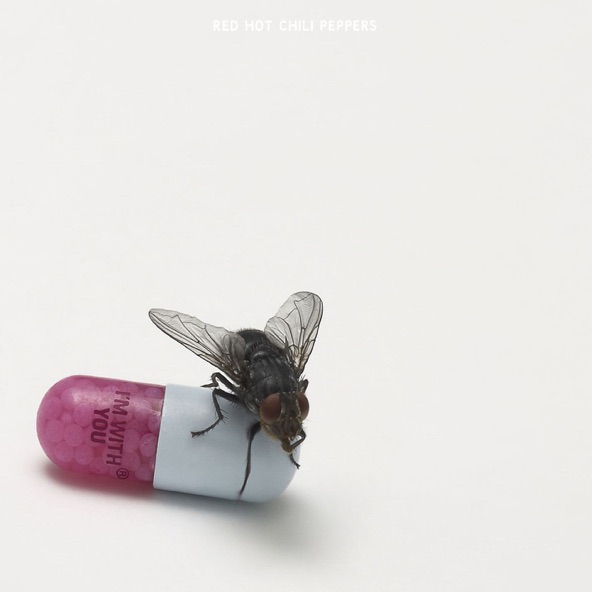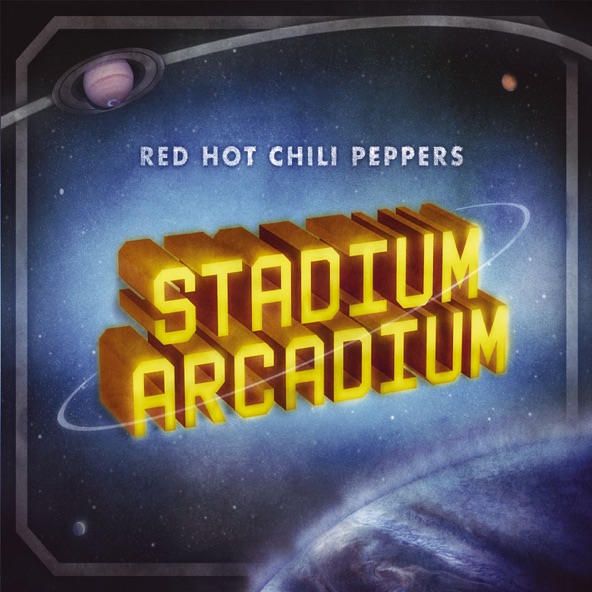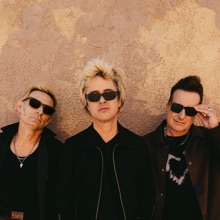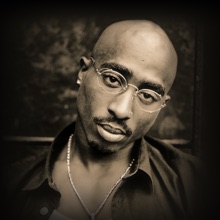Artist
Red Hot Chili Peppers
Alt-rock icons Red Hot Chili Peppers embody all that is sunny and seedy about L.A. The band—frontman Anthony Kiedis, bassist Michael “Flea” Balzary, guitarist Hillel Slovak and drummer Jack Irons—baked that dichotomy into their sound from the moment they came together in 1983. Fusing Black Flag’s furious punk and Parliament’s horny funk, RHCP combined berserker bass-slapping energy and absurdist humour, making them U.S. college radio’s resident court jesters throughout the ’80s. Slovak’s death from a heroin overdose in 1988—and Irons’ subsequent depression-induced exit—forever altered the band’s DNA. But the arrival of muscular drummer Chad Smith and wunderkind guitarist John Frusciante helped 1989’s hard-rocking <i>Mother’s Milk</i> quickly reach Gold-record status, and, as the alternative revolution raged, RHCP emerged as kings of the mosh pit with 1991’s <i>Blood Sugar Sex Magik</i>. That album revealed the melancholic nuances of Flea’s and Frusciante’s playing, providing Kiedis with an emotional outlet to reckon with his troubled past on the blockbuster ballad “Under the Bridge”.
<i>Blood Sugar Sex Magik</i>’s multi-Platinum success drove Frusciante into a period of seclusion, during which the band soldiered on with Jane’s Addiction guitarist Dave Navarro. But Frusciante returned for 1999’s massively successful <i>Californication</i>, which twisted the band’s funk-rock template into a sobering, sophisticated collection of cautionary tales, led by “Scar Tissue” and the title track. RHCP retained a chart-topping, festival-headlining reign well into the 21st century, with guitarist Josh Klinghoffer lending his talents to the band after Frusciante again spent time away. But after Frusciante rejoined once more in 2019, his work on a pair of 2022 albums, <i>Unlimited Love</i> and <i>Return of the Dream Canteen</i>, underscored that his artful style is the Peppers’ special spice.

